5 Clever Ways to Extend Your Tomato Harvest into Fall for Flavorsome Homegrown Produce
Summer may be in the rearview mirror, but you don't have to give in to fall just yet! Try these tips to keep your tomato plants producing well into autumn.
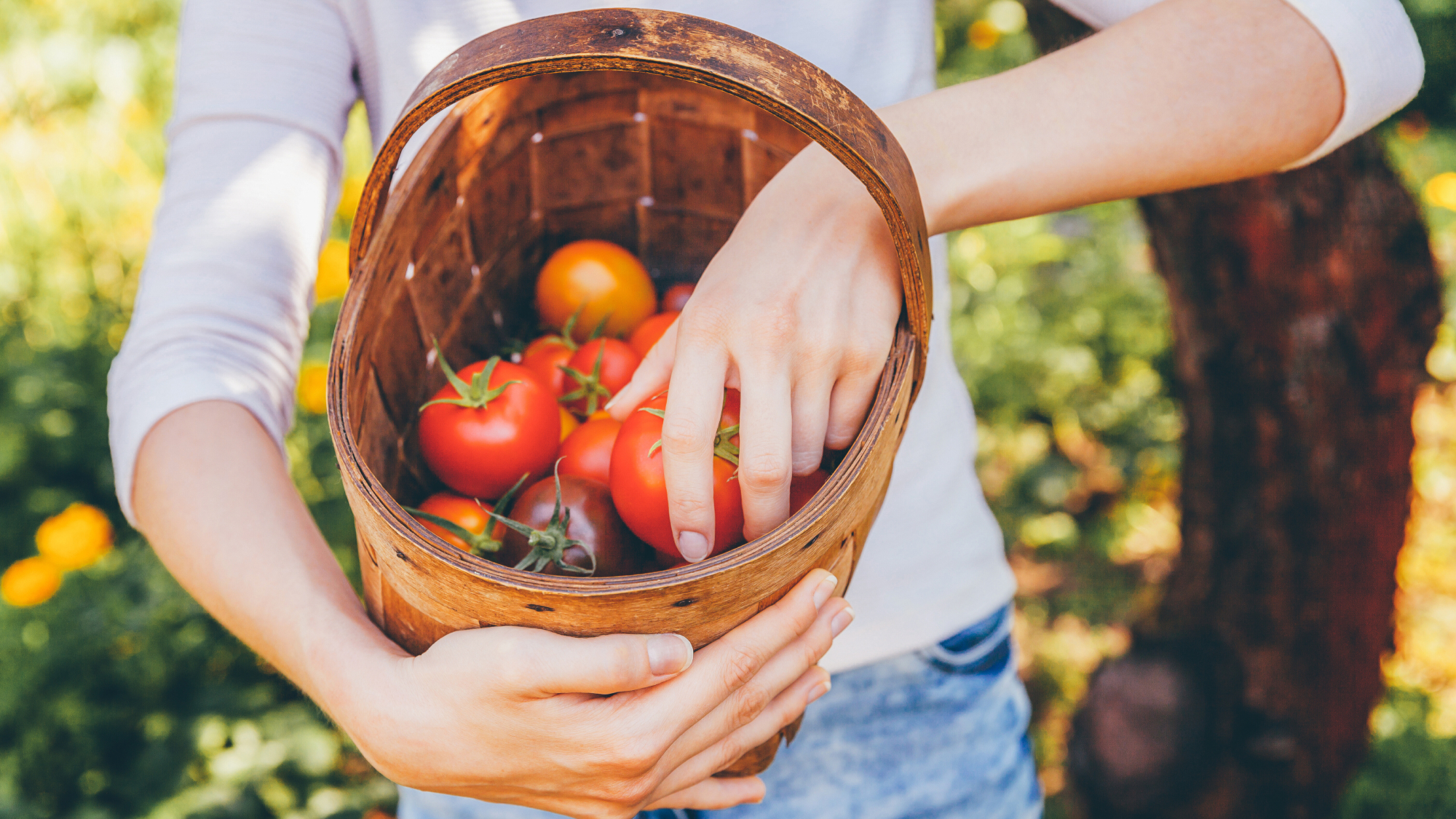

Want fresh tomatoes past summer? Try these tips to keep your harvest rolling into fall. You’ll want to pick smart varieties, tweak your routine, and do your best to guard against cold. This will keep your plants putting out tasty fruit into the cooler months.
Nothing beats a ripe tomato plucked straight off the vine, and nailing down ways to extend your tomato harvest into fall keeps that going way past summer. Cold snaps can zap plants fast, but a few tricks let you pick juicy fruit into October or November.
Picking the right types of tomatoes and timing your crops can bump up your yield. Harvesting tomatoes properly means grabbing fruit at peak ripeness, so plants keep pushing out more. It’s about keeping your garden game strong as the weather cools.
1. Planning Your Planting
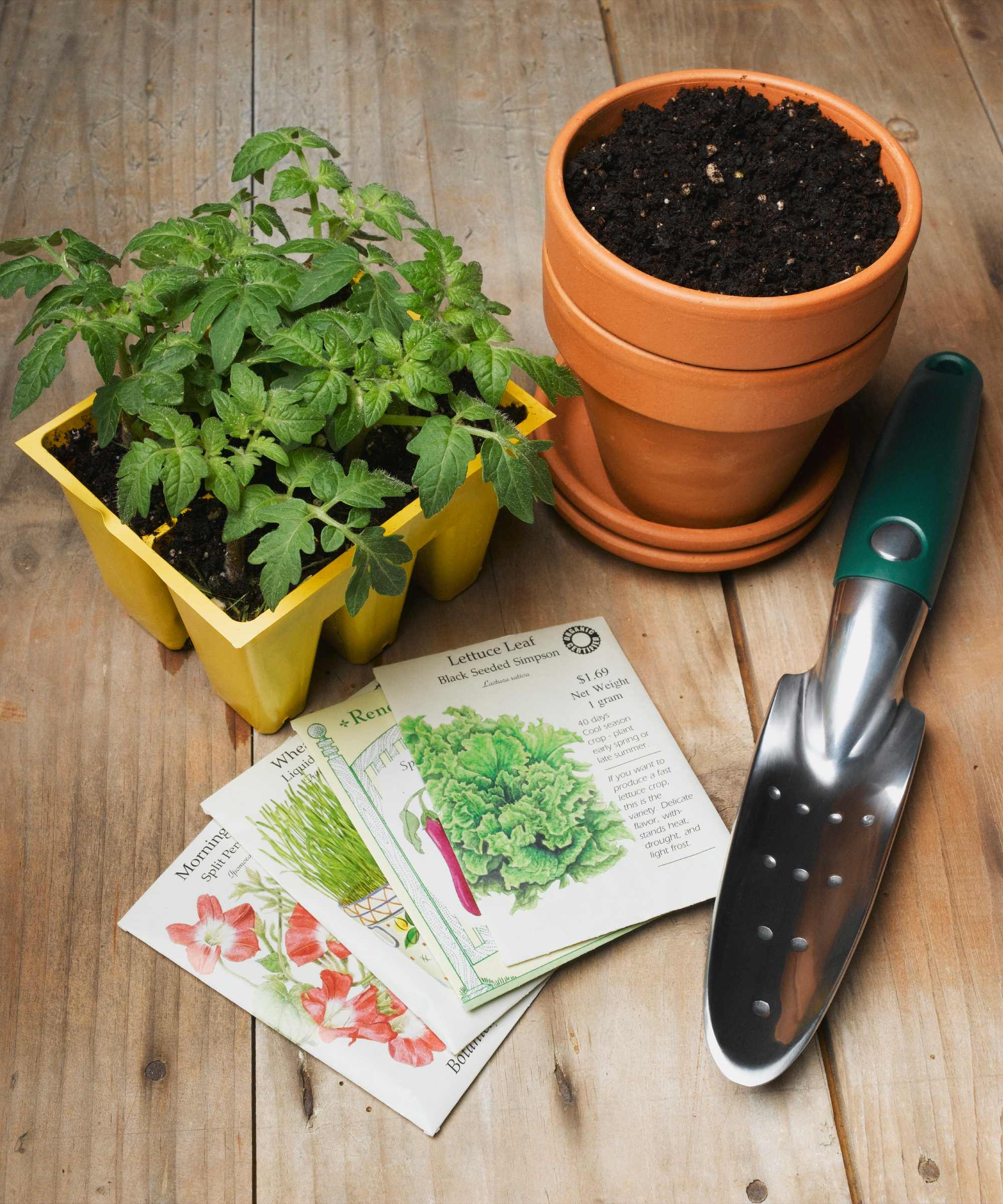
Pick tomato types built for cooler weather. Varieties like ‘Glacier’ or ‘Stupice’ are great early tomato varieties and push out fruit fast, in 60 to 70 days, even when nights hit 50F (10C). Check seed packets for “days to maturity” to match your fall season. These keep your plants going when others quit.
It’s recommended to sow seeds in late spring or early summer, around June or July, about 6 to 8 weeks before your first frost. Want more? Plant every couple of weeks through July by succession planting. This spreads out your crop, so you’re picking tomatoes for months. Start seeds indoors with a basic LED grow light like this one from Amazon, then move them outside when they’re tough enough. Not sure on frost dates? Your local extension service has the details.
2. Tweak Your Care for Fall
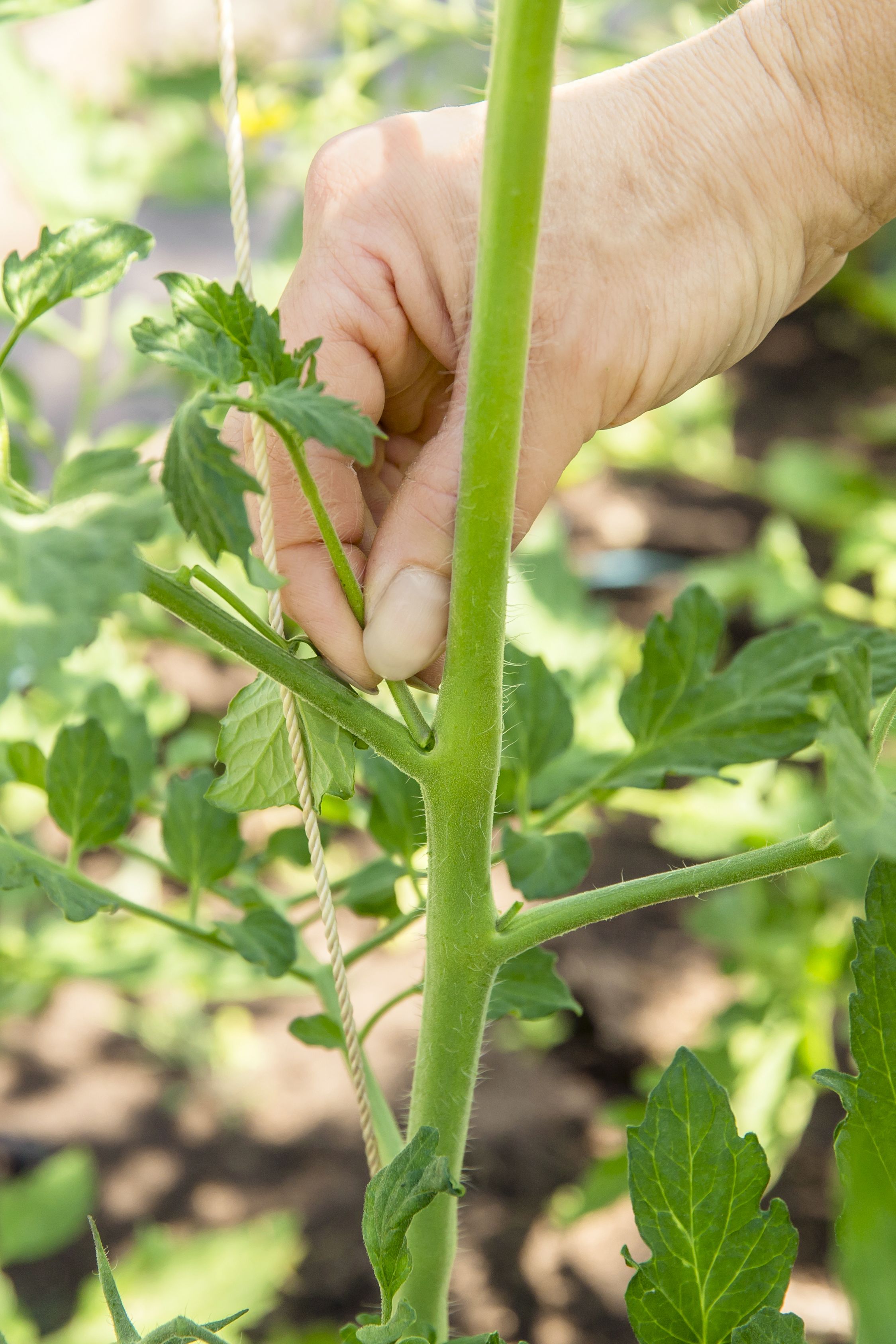
Switch up your routine when summer starts fading. By late August, snip off new blooms and tiny fruit. That pushes plants to ripen what’s already growing. You can clip tomato plant suckers. These are those pesky shoots between branches, to let in sun and air, but make sure that you use clean pruning shears so you don’t spread any diseases between plants.
Ease off watering as nights cool to 50F (10C). Too much water splits fruit or weakens roots. Aim for an inch (2.5 cm) a week, less if it rains. Pests like aphids can still show up, so hit them with one of my favorites, which is Bonide Neem Oil that you can find at Amazon. Feed plants once in early fall with a low-nitrogen mix like 5-10-10 to focus on fruit, not leaves. Find 5-10-10 tomato and vegetable fertilizer on Amazon.
Sign up for the Gardening Know How newsletter today and receive a free copy of our e-book "How to Grow Delicious Tomatoes".
Watch your plants closely and adjust to the weather. This will keep things balanced to keep fruit coming.
3. Pile on the Mulch
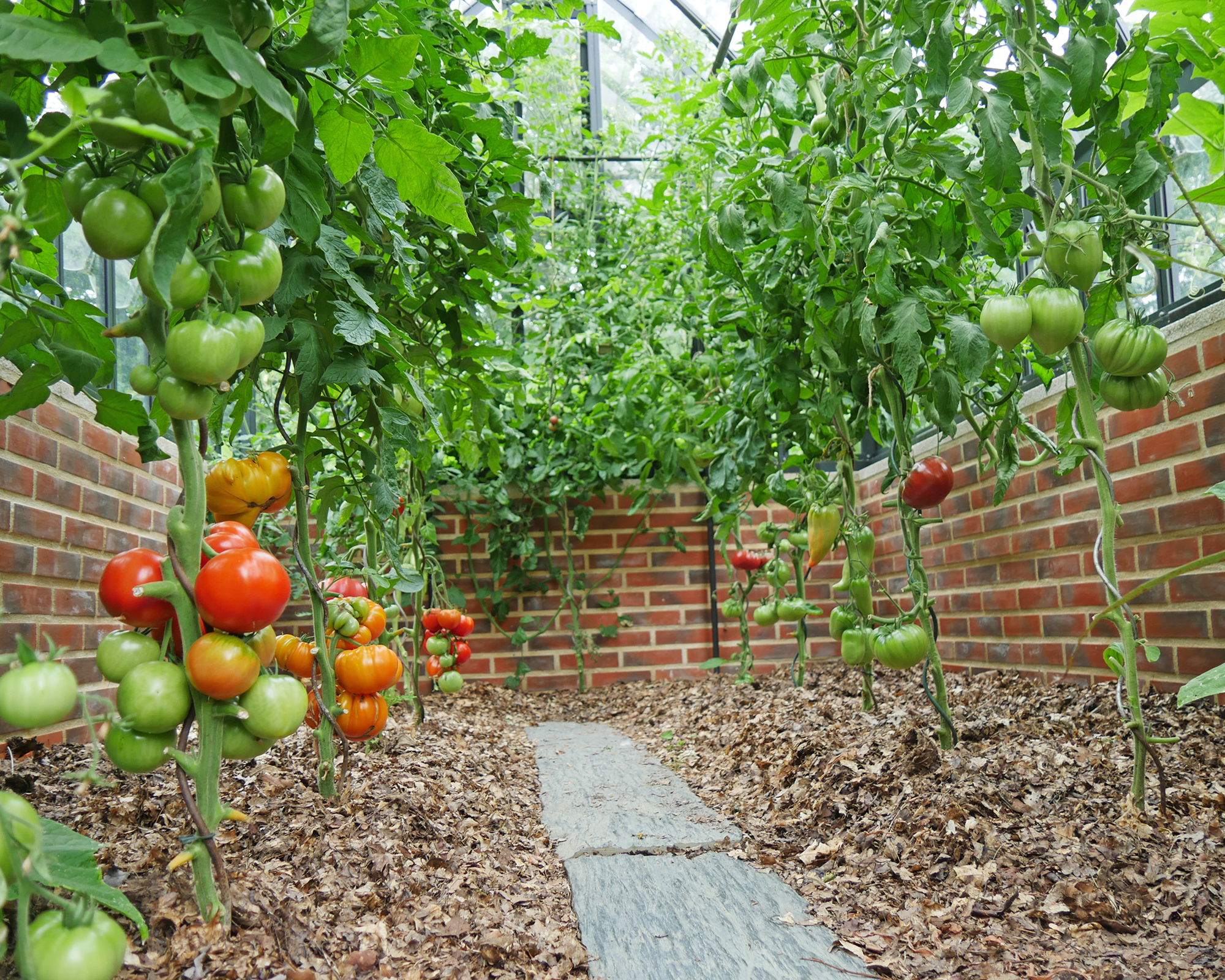
Mulch for tomatoes is a big help for fall production. It’s a really good idea to spread roughly 3 inches (7.5 cm) of straw or bark mulch around your plants when it gets into late summer. Doing this will help to keep your soil warm when the nights start to fall to 50F (10C) and holds moisture steady. It also blocks weeds from stealing the nutrients that your tomatoes rely on.
Use a high quality mulch like Back to the Roots natural wood mulch, which can be found on Amazon, for good coverage. Spread it thick but leave a gap by the stems to avoid rot. Check it weekly, fluffing it if it packs down. Warm soil keeps roots happy, pushing out tomatoes longer.
4. Shield Plants with Row Covers

Row covers save your tomatoes from early frosts. Floating row covers like Agribon AG-19 from Amazon let light and water through but block cold down to 35F (2C). Set them up with hoops or stakes in early fall. Secure the edges with bricks or clips.
Smaller seedlings will thrive under DIY plant cloches, like old plastic jugs with the bottoms sliced off. Pull the covers off on warmer days above 60F (16C) to stop plants from roasting. Check underneath every week for sneaky pests or mold buildup. Covers stretch when to harvest tomatoes in fall, adding weeks to your season.
5. Bring Potted Plants Inside
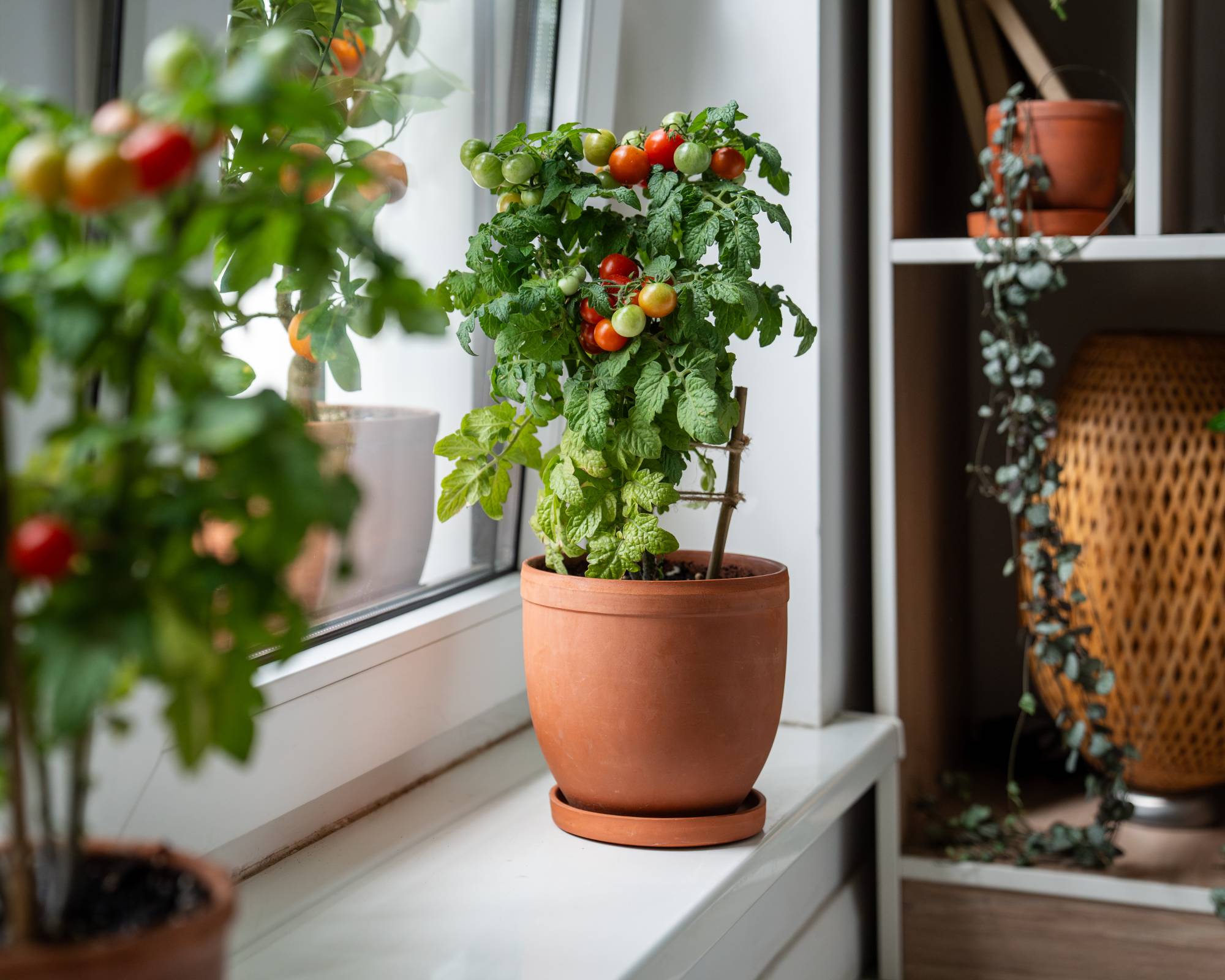
Got tomatoes in pots? Move them indoors when nights hit 45F (7C). A rolling tomato planter with built-in trellis makes hauling heavy pots easy. Find a self-watering, rolling, trellised tomato planter from Vego on Amazon. Place your tomatoes by a sunny window or next to a vertical LED grow light, this one from Amazon is a favorite, for around 6 to 8 hours of light per day.
Keep indoor temps above 50F (10C), ideally 60 to 70F (16 to 21C). Water light, letting soil dry a bit between pours. Check for pests like spider mites every day. Compact varieties like cherry tomatoes shine here, pumping out fruit into late fall.
Getting tomatoes to keep pushing into fall isn’t some wizard trick, but it takes sharp timing and a couple clever moves. Pick types that shrug off cold, plant in waves to keep fresh ones coming, and pile on mulch or covers when nights turn chilly. The big part is nailing when to plant for fall and when to grab ripe fruit so they don’t just sit there. Pull it off, and you’ll be munching homegrown tomatoes while others grab sad grocery ones.

Tyler’s passion began with indoor gardening and deepened as he studied plant-fungi interactions in controlled settings. With a microbiology background focused on fungi, he’s spent over a decade solving tough and intricate gardening problems. After spinal injuries and brain surgery, Tyler’s approach to gardening changed. It became less about the hobby and more about recovery and adapting to physical limits. His growing success shows that disability doesn’t have to stop you from your goals.